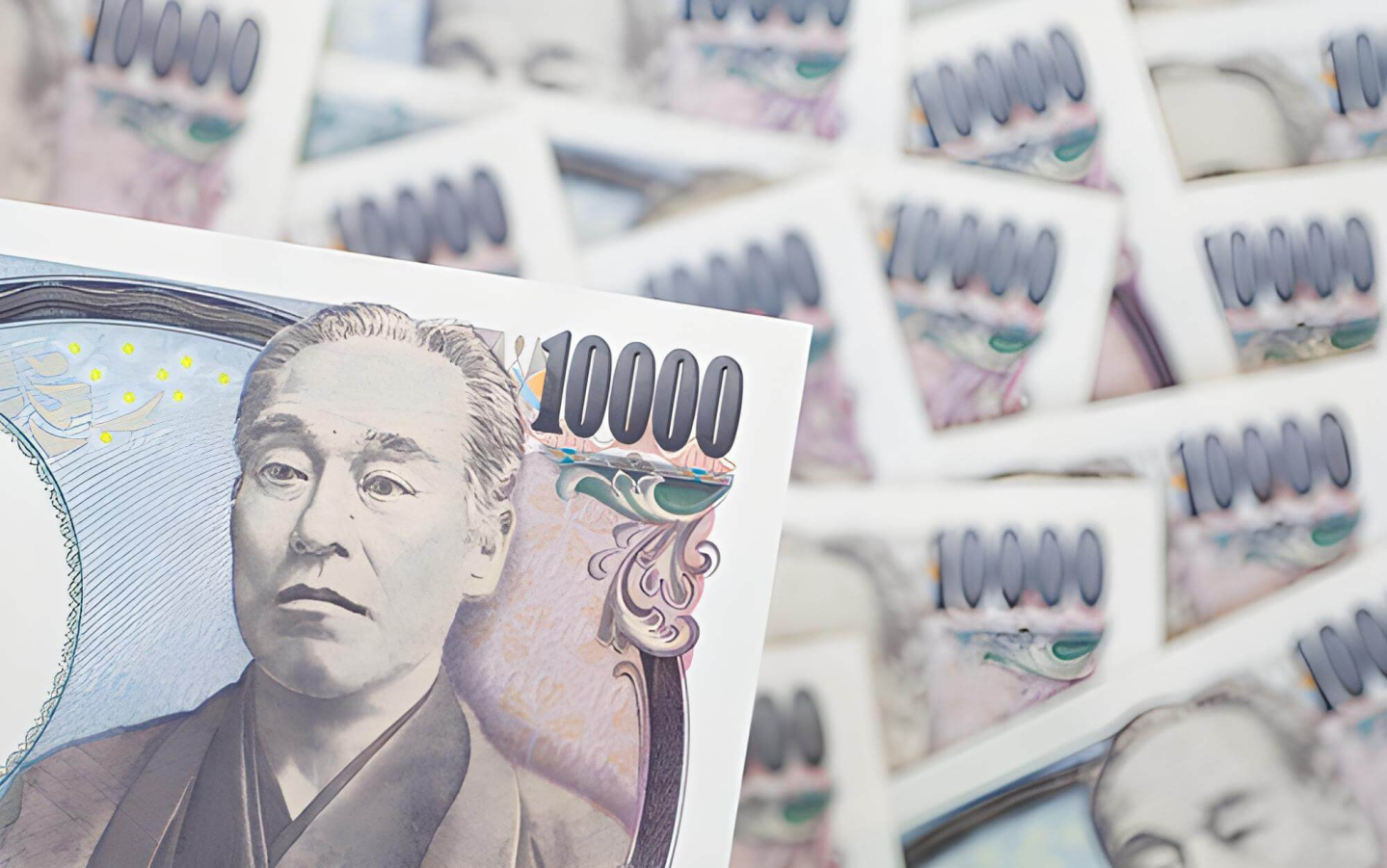The USD/JPY pair continues its upward trajectory, breaching the resistance zone between 146.5 and 147. This marks its highest level since the latter half of June. The pair's outlook has notably shifted recently, following a significant decline from its recent peak in the begining of 2025.. A decisive break of this latest resistance could signal a continued ascent towards the 150 mark, where the 50.0 Fibonacci retracement of the previous downward wave and the 200-period moving average converge. So, what's driving the yen's recent weakness?
The Bank of Japan (BoJ) was widely expected to embark on a rate-hiking path this year, yet its last increase occurred in February. Nevertheless, the BoJ remains exceptionally hawkish compared to the past decade and a half, given that interest rates are at their highest since 2008 and bond purchase tapering has been underway since 2024. Intriguingly, the BoJ has refrained from further hikes despite persistent high inflation, which stood at 3.5% in May (down from 3.6% in April). Notably, Japan has recently experienced a sharp rise in food prices, with rice prices surging over 100% in May, posing a significant challenge for less affluent segments of society. The BoJ's current dilemma is economic growth, or rather, its contraction, which registered an annualized -0.2% in the first quarter, albeit better than the anticipated -0.7%.
Economic growth, in turn, faces increased peril from the escalating trade war. Donald Trump's proposed 25% tariff on all Japanese products is deemed unacceptable by the export-oriented nation. Even prior to this, the 25% tariff on automobiles posed a considerable hurdle. Analysts at UBS caution that tariffs could shave 0.8 percentage points off Japan's GDP this year, with a worst-case scenario seeing a nearly 2 percentage point reduction.
The deteriorating outlook for Japan is prompting a shift in investor sentiment, potentially leading to a resurgence of carry trade strategies. Recently, the number of long positions has decreased from extremely high levels, while short positions have simultaneously increased. Source: Bloomberg Finance LP, XTB
Should the resistance at the 38.2 Fibonacci retracement and the upper boundary of the ascending trend channel be decisively broken, the target would be around 150. Conversely, sustained resistance and an increase in demand for the yen could result in a renewed decline towards the lower boundary of the ascending trend channel. Source: xStation5
Crypto news: Bitcoin rebounds above $90k amid optimism on Wall Street📈
Chart of the day: OIL.WTI (08.12.2025)
Daily Summary: Wall Street ends the week with a calm gain 🗽 Cryptocurrencies slide
NATGAS surges 5% reaching 3-year high 🔎


